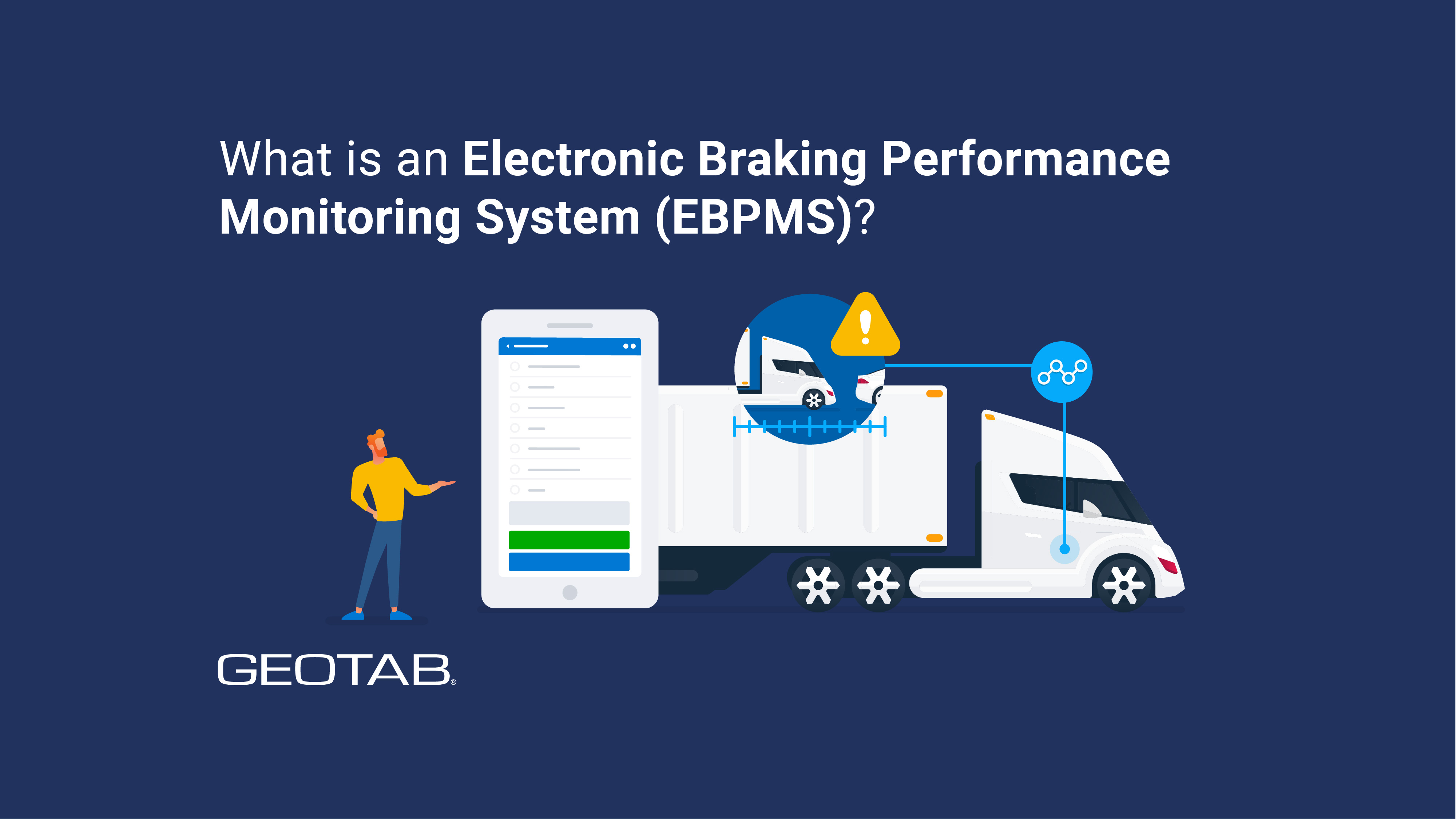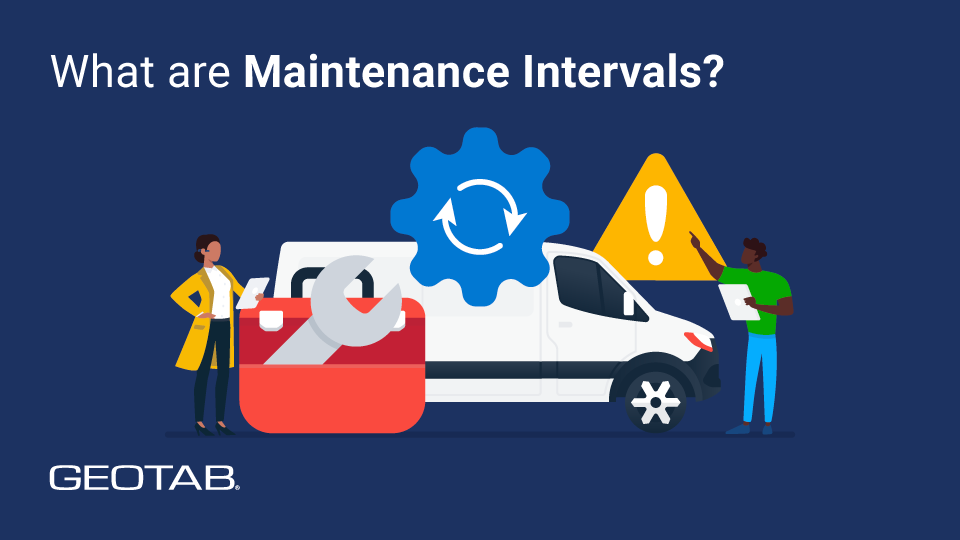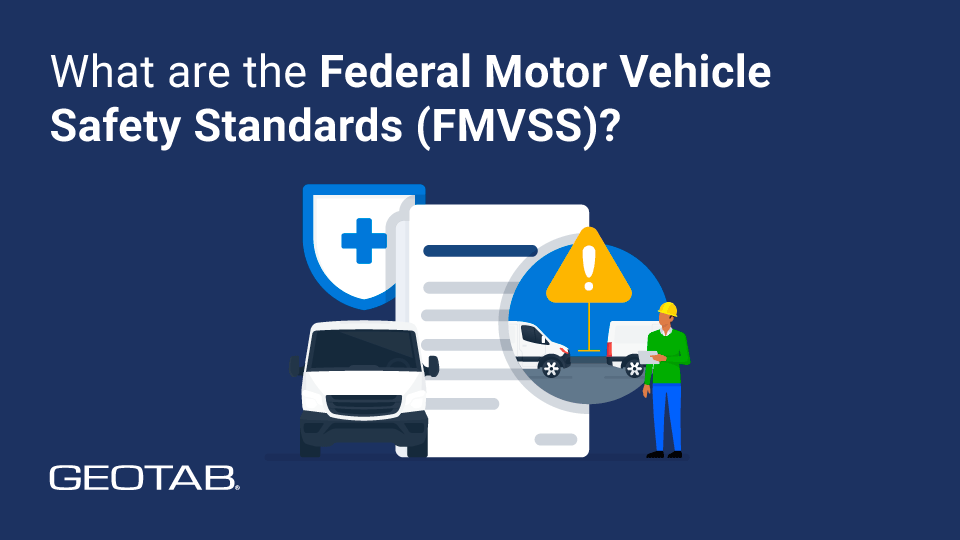What is a safe following distance?
June 26, 2025
•5 minute read

Definition
- Following distance refers to the amount of space a driver maintains between their vehicle and the one directly in front of them.
- To calculate a safe following distance, many experts recommend the “three-second rule.”
Maintaining a safe following distance is one of the most essential aspects of defensive driving. Whether navigating busy city streets or highways, keeping the proper space between your vehicle and the one ahead can help reduce collisions and provide safer journeys. In fact, many road safety experts consider it a critical element in reducing collisions and minimizing risks on the road.
In this article, we’ll dive into what following distance means, why it’s so important, and how technology can help drivers and fleet managers maintain optimal space between vehicles. From avoiding rear-end collisions to improving overall road safety, maintaining the right distance is more than just good practice—it’s a lifesaving strategy.
What is following distance?
Following distance refers to the amount of space a driver maintains between their vehicle and the one directly in front of them. This gap gives drivers enough time to react to sudden stops or changes in traffic, helping to prevent collisions.
To calculate a safe following distance, many experts recommend the “three-second rule.” Here’s how it works: when the vehicle in front of you passes a stationary object (like a sign or light post), count the seconds it takes for your vehicle to reach the same point. If it’s less than three seconds, you’re too close and should increase the distance. Increasing the gap to four or even five seconds is advised for larger vehicles or in poor weather conditions to allow for greater reaction time.
How is your following distance determined?
Determining the proper following distance for commercial vehicles (CMVs) involves more than just the standard three-second rule. Several factors need to be considered, including:
- Vehicle size and weight
- Speed
- Road and weather conditions
- Traffic patterns
- Driver behavior
Due to their larger size and slower stopping capabilities, CMVs require significantly more space than passenger vehicles to stop safely in the event of an emergency.
The Federal Motor Carrier Safety Administration (FMCSA) recommends a specific formula to calculate the ideal following distance for CMVs. According to the FMCSA, the general guideline is to maintain a distance of one second per 10 feet of vehicle length, plus an additional one second if traveling over 40 mph. In adverse weather conditions, such as rain or snow, it’s recommended to double the calculated following distance to account for longer stopping times.
For example, for a typical semi-truck that is 70 feet long, traveling at 55 mph:
- One second per 10 feet = 7 seconds (for the truck’s length)
- Add 1 second for speeds over 40 mph = 8 seconds
- In adverse weather, double the distance = 16 seconds of following distance
This example shows how important it is for CMV drivers to adjust their following distance based on both speed and external conditions to avoid collisions and safely operate on the road.
What is stopping distance?
Stopping distance refers to the total distance a vehicle travels from the moment a driver perceives a hazard to when the vehicle comes to a complete stop. While people often confuse this with the following distance, a stopping distance includes both the driver’s reaction time and the vehicle’s braking performance. Following distance, on the other hand, is the gap maintained between vehicles to prevent collisions
Stopping distance is made up of two key components: reaction distance and braking distance.
- Reaction distance is the distance a vehicle travels while the driver recognizes the need to stop and reacts by applying the brakes. The driver's attention and reflexes largely influences this.
- Braking distance is the distance a vehicle travels after the brakes are applied until it comes to a complete stop. This can vary based on the vehicle’s weight, speed, road conditions, and brake quality.
The formula for calculating stopping distance is:
Stopping distance = Reaction distance + Braking distance
Stopping distance for commercial vehicles
For commercial vehicles, stopping distance is typically much longer due to their larger size and weight. For example, a loaded semi-truck traveling at 65 mph may take over 500 feet to come to a full stop, while a standard passenger vehicle requires much less.
Weather conditions, road surfaces, and the condition of the vehicle’s braking system can also significantly impact stopping distance, making it essential for CMV drivers to maintain a proper following distance and adjust their speed according to road conditions.
The dangers and consequences of tailgating
Tailgating occurs when a driver follows another vehicle too closely, leaving insufficient space to react to sudden changes in speed or unexpected stops. This unsafe practice significantly reduces the driver’s ability to avoid collisions, particularly at higher speeds or in heavy traffic.
Potential dangers of tailgating
Tailgating greatly increases the likelihood of rear-end collisions, which are among the most common types of traffic collisions. When a driver tailgates, they may not have enough time or space to stop if the vehicle in front brakes suddenly.
The dangers of tailgating include:
- Increased likelihood of collisions: Tailgating drastically reduces reaction time, leading to higher chances of rear-end collisions.
- Higher risk of severe injury or death: In collisions involving larger vehicles like trucks, tailgating can lead to devastating crashes, often resulting in serious injuries or fatalities.
- Costly damage and liability: Tailgating collisions can cause expensive vehicle repairs, insurance claims, and even legal consequences if the tailgating driver is at fault.
Tailgating statistics
According to the National Highway Traffic Safety Administration (NHTSA), rear-end collisions account for nearly 30% of all traffic collisions. These incidents cause thousands of injuries and fatalities each year, many of which are linked to tailgating. In fact, aggressive driving behaviors like tailgating contributed to 56% of fatal crashes from 2003 to 2007 . The economic costs of tailgating-related crashes are also significant, with rear-end collisions alone causing billions of dollars in damage annually .
How to ensure drivers maintain a safe following distance
Here are several strategies and technologies that fleet managers can implement to promote safe driving practices.
Driver coaching
One of the most effective ways to encourage safe following distance is through driver coaching. Providing drivers with real-time feedback and ongoing training helps reinforce safe driving habits, including maintaining the correct distance between vehicles.
- Geotab GO TALK: This in-cab coaching tool provides real-time, spoken alerts directly to drivers, notifying them if they are following too closely. By receiving immediate feedback, drivers can adjust their behavior on the spot and avoid potential collisions.
- Real-time alerts: Fleet managers can set up alerts to notify drivers when they are not adhering to safe following distance guidelines. These alerts help keep drivers accountable and can prevent dangerous driving habits from escalating.
- Geotab Driver safety scorecard: This tool offers insights into driver performance, including following distance metrics. Fleet managers can review these reports to identify drivers who need additional coaching or training. By tracking improvements over time, the scorecard helps build a culture of safe driving within the fleet.
Leverage advanced technology
In addition to driver coaching, advanced technology can further ensure safe following distances. AI-driven systems can monitor driver behavior and provide fleet managers with valuable insights into safety risks.
AI-powered dash cameras can detect when drivers are following too closely and provide real-time warnings. These cameras analyze driving behavior and road conditions, helping drivers make safer decisions. The footage also gives fleet managers a detailed view of collisions, allowing for better coaching and risk assessment.
By combining driver coaching with advanced technology, fleet managers can significantly reduce the risks associated with unsafe following distances, leading to fewer collisions and improved fleet safety.
Geotab Safety Center
The Geotab Safety Center is a comprehensive platform designed to help fleet managers monitor and manage risky driving behaviors, such as tailgating and unsafe following distances. By leveraging advanced telematics data, the Safety Center provides insights into driver performance, allowing managers to identify patterns of risky behavior in real-time.
Through features like in-depth reporting, driver scorecards, and real-time alerts, the Geotab Safety Center empowers fleet managers to take a proactive approach to safety. It helps reduce collisions by providing valuable data on unsafe driving habits, allowing for targeted coaching, training, and corrective actions. By integrating tools such as Geotab GO TALK and AI dash cams, the platform helps create a safer driving environment, improving fleet safety and compliance while reducing the risk of collisions.
Frequently Asked Questions
The 3-second rule is a simple guideline for maintaining a safe following distance between your vehicle and the one ahead. To apply this rule, pick a stationary object on the road (like a sign or tree) and start counting once the vehicle in front passes it. If it takes at least three seconds for your vehicle to reach the same point, you're maintaining a safe distance. Keep in mind that this rule is primarily for passenger vehicles and may not be sufficient for larger commercial vehicles (CMVs), which require longer stopping distances.
Tailgating is illegal in many regions and can result in fines or other penalties. It is considered a form of aggressive driving and significantly increases the risk of rear-end collisions. Law enforcement agencies enforce tailgating laws to reduce collisions and ensure road safety.
Other Stories

EBPMS: Electronic Braking Performance Monitoring System
June 30, 2025
4 minute read

What are maintenance service intervals?
April 9, 2025
5 minute read

What are the Federal Motor Vehicle Safety Standards (FMVSS)?
January 3, 2025
4 minute read